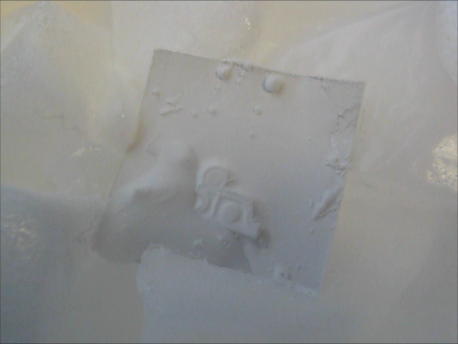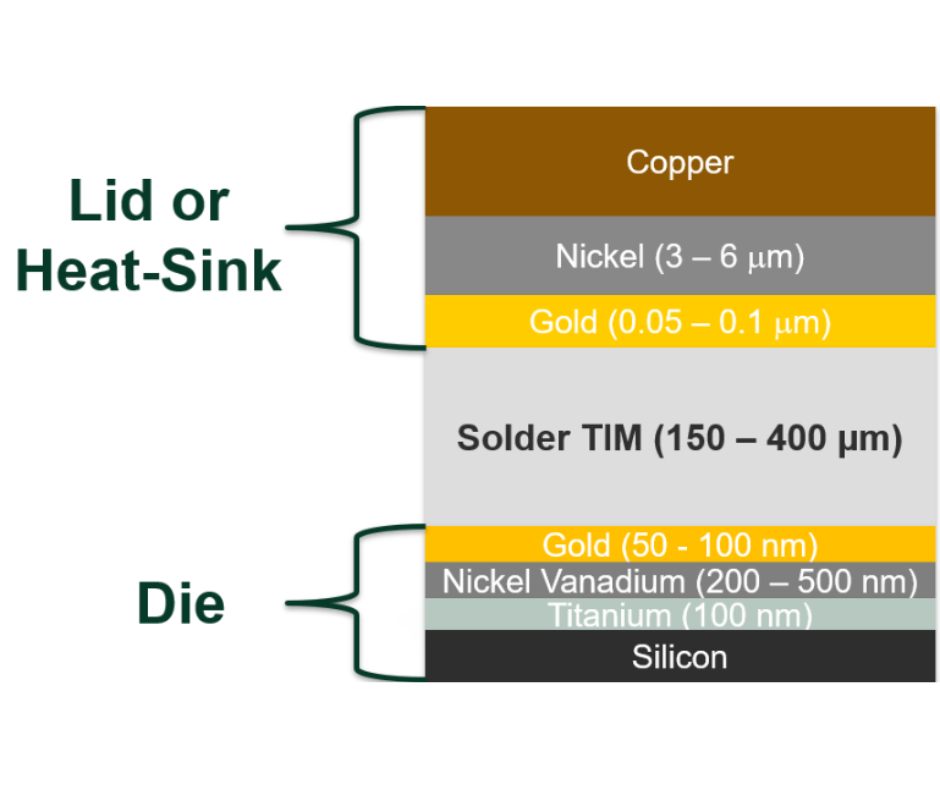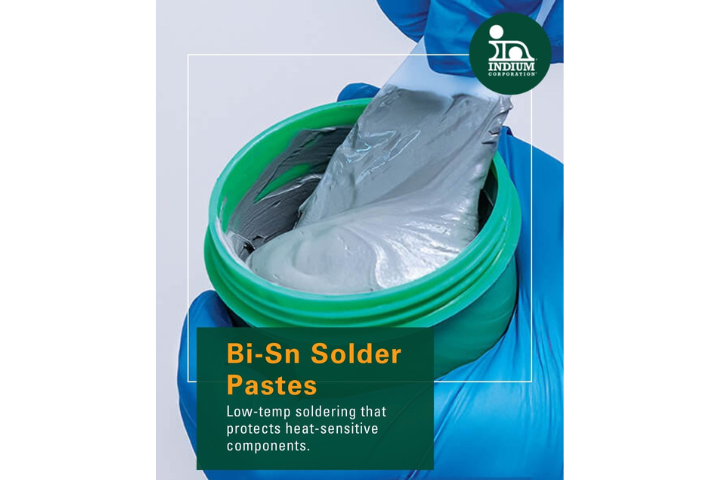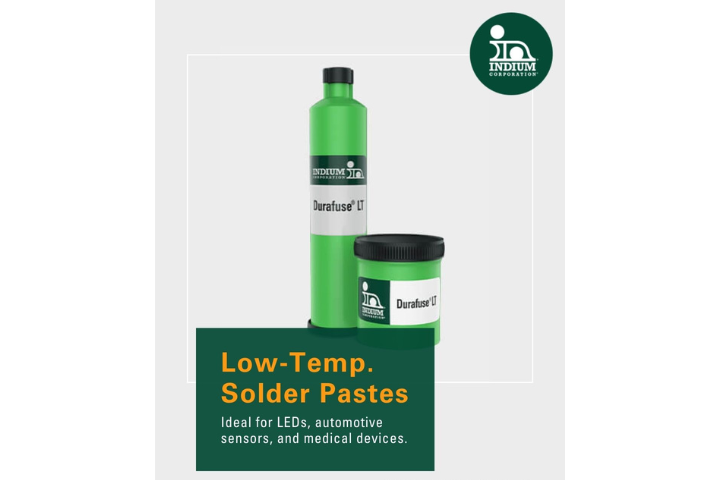Indium metal has the unique ability to cold weld (bond) to itself at room temperature. Though this is, technically, not soldering, this property makes it especially useful for low-temperature bonding applications. Back in 2008 I mentioned indium cold welding on the semiconductor packaging blog. Here are some other resources for learning more about the process:
- The official Cold Welding Application Note
- Using indium in a cryogenic seal application.
- Using indium in Flip-chip applications
Cold welding is a great solution to some really tricky bonding applications. Some nice features of using indium cold welding as a bonding method are:
1) It offers an instant attachment. Because indium will stick together upon physical contact (with a slight amount of pressure) the bonding process takes a fraction of a second as opposed to reflow soldering processes for solders or curing processes for epoxies – which can take seconds to many minutes.
2) It requires no heat. Temperature-sensitive components can be assembled without heating. The stresses that occur due to CTE (coefficient of thermal expansion) are also not an issue, which makes this a great process for attaching large dissimilar CTE materials like brittle ceramics and high expansion rate metals.
3) The bond will have exceptional thermal and electrical conductivity due to the nature of the indium that is used for this process.
You can use the indium cold welding process on any material you can successfully sputter, evaporate, reflow, or plate indium onto.
The answer to the age-old question: “What is the expected lifetime and associated strengths of an indium cold weld?” is:
The cold weld bond will last indefinitely and the bond strengths approach that of a solid piece of indium, 273 PSI.
If you have questions, please email them to [email protected].




